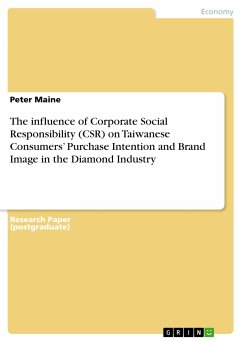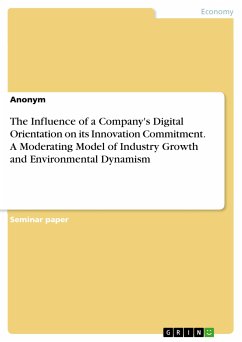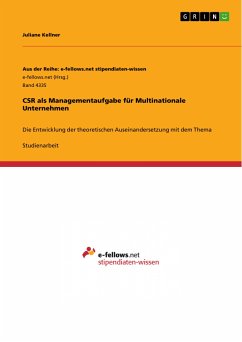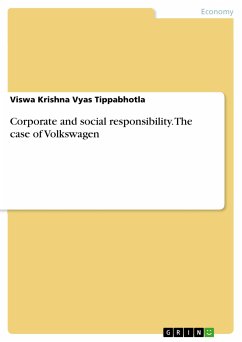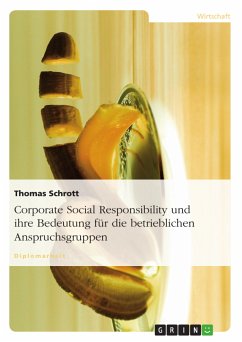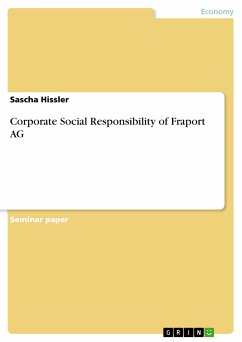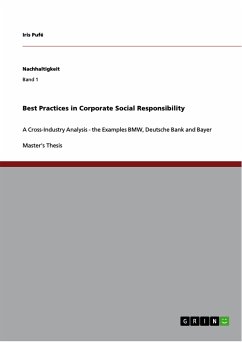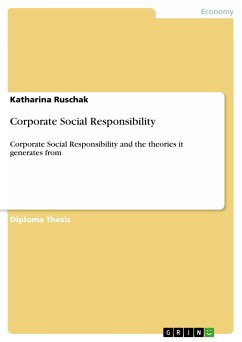Research Paper (postgraduate) from the year 2011 in the subject Business economics - Business Management, Corporate Governance, grade: A, University of Kent, course: BA, language: English, abstract: In spite of the pessimistic worries of the global economy, in 2011 the global diamond industry performed successfully beyond expectation. A total of 124 million carats of rough diamonds, which is worth of $15 billion, were excavated (AWDC, 2013). According to the industry consulting organization, Bain & Company (2013), “those stones were worth $24 billion after moving through the chain of dealers, cutters and polishers, on their way to making diamond jewellery worth $71 billion at retail”. They also reported that compared to 2010, the global diamond sales significantly increased by 18% to $71 billion, close to the 2007 peak of $73 billion before the crisis. IDEX (2013) and Tacy LTD (2013) indicated that the majority of growth contributed to the mounting demand from Chinese and Indian markets. De Beers, which is reviewed in this proposal as an example of the world’s leading diamond company for more than a century, reached their second highest level of sales ever to $6.5 billion in 2011. In the 1990s an issue of “conflict diamonds” or “blood diamonds” was heatedly debated across the globe. The diamond industry encountered the crisis from their diamond sourced countries. In several politically unstable African countries, such as Angola, Sierra Leone, Liberia, the Democratic Republic of the Congo, the diamond mines were under control of the military as a means to finance their military power. With the media‘s widespread coverage and the movie “Blood Diamond”, the transactions between diamond buyers and the military, although not all from such illegal channels, were regarded as intensifying violent tribal conflict. Consequently, the reputation of the diamond industry was blackened (The Kimberly Process, 2013; Pauwelyn, 2003; Worldbank.org, 2013). In response to this situation, the Kimberley Process was organized in 2002. Under the auspices of the United Nations, The Kimberley Process Certification Scheme (KPCS) conducted a list of rules that every diamond trading country should obey: certification of rough diamonds is now required before being exported (Pauwelyn, 2003; Schefer, 2005). This is to "guarantee that their trade does not finance rebel activities" (The Kimberly Process, 2013).

